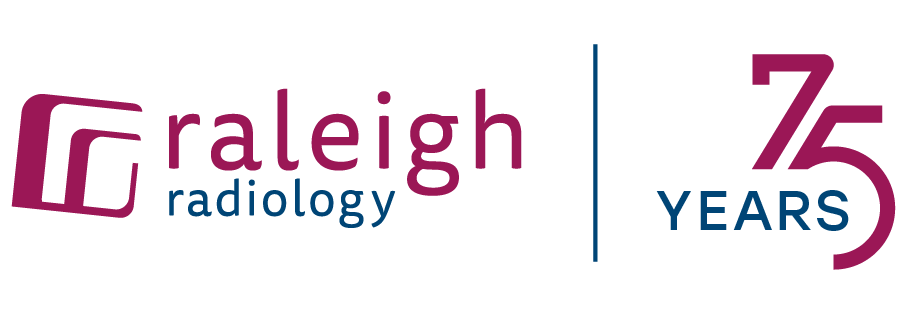As we age, it’s common to feel more aches and pains, especially pain or discomfort in the knees while walking, jogging or squatting. Sometimes, a sports injury or other acute trauma can hurt the knee. There are many different causes of knee pain, but a tear to the knee’s meniscus root should not be taken lightly – as repair is often necessary to avoid the progression of osteoarthritis.
What is a Posterior Horn Medial Meniscus Root Tear?
The meniscus is a thin, fibrous cartilage in the knee that softens the contact between the leg’s tibia and femur bones – it attaches to ligaments of the tibia. It plays a key role in absorbing the shock and stress your knee takes doing regular tasks throughout the day.
While many have heard of a torn meniscus, there are many different types – and they’re not all treated the same way, which is why proper diagnosis is critical. The three “zones” of the meniscus are called the (1) posterior horn, (2) body, and (3) anterior horn. The meniscal root connects each horn to the bones. Root tears occur within a centimeter of the meniscal attachment and prevent the meniscus from doing its job of converting loading forces into hoop stress. Cartilage defects are bad news because they can lead to total cartilage loss, which occurs when the bones rub together. The result is altered movement and an increased risk of osteoarthritis.
“Reflecting up to 25 percent of meniscal root tears are tears of the posterior horn medial meniscus root,” explained Dr. Kesha Shah, musculoskeletal radiologist with Raleigh Radiology. “These tears are degenerative and most common in middle-aged women with an elevated body mass index (BMI). They are also six times more likely to be associated with cartilage defects.”
Symptoms & Diagnosis of a Posterior Horn Medial Meniscus Root Tear
Someone who experiences a posterior horn medial meniscus root tear may feel joint line pain (located horizontally from inside to outside knee along where the joint sits) or even hear a popping sound. They may also feel pain with full flexion of the knee and have a positive McMurray test after visiting an orthopaedic surgeon. The McMurray Test is an orthopaedic assessment used to detect tears in the knee joint that requires a physical exam.
Comprised of many different tendons and ligaments, as well as the meniscus, the knee can be deceptive when signaling pain. Therefore, it is quite difficult to diagnose the reason for knee pain after a physical exam alone. Someone who has visited an orthopedic surgeon due to knee pain will most likely receive an MRI. Most orthopaedic surgeons deem the MRI as critical to finding the reason for knee pain and determining the best treatment plan for a patient. MRI results will be read and interpreted by a musculoskeletal radiologist like Dr. Shah.
“The MRI can tell us the exact type of tear,” added Dr. Shah. “Specifically, with the posterior horn medial meniscus root tear, MRI really helps because this tear does not present as an acute trauma. It’s a slow, degenerative process. Proper diagnosis can help guide treatment and management, which can make a big difference in delaying the progression of osteoarthritis.”
Treatment of a Posterior Horn Medial Meniscus Root Tear
Surgery is often required to repair a posterior horn medial meniscus root tear and slow down any progression of osteoarthritis. The two most common surgical procedures are suture anchor repair and transtibial pullout repair. Both are performed arthroscopically and are done by either suturing the meniscus root back in place or tunneling through the bone to tie the meniscus back to the tibia. Another surgical option is to partially or completely remove the meniscus. However, this option can lead to an increased risk for osteoarthritis in the long-run.
For patients who already have osteoarthritis, surgery is much less helpful. Non-surgical treatment options include:
- Analgesics or topical pain relief ointments
- Activity modification
- Wearing a brace
The moral of this story is: don’t ignore knee pain. Be seen by a doctor as soon as possible so that the exact cause can be determined and appropriate treatment plans can be put into action. Especially with a posterior horn medial meniscus root tear, surgery is essential in preventing further issues and getting back to a pain-free lifestyle.
Kesha Shah, MD is a musculoskeletal radiologist with Raleigh Radiology. To schedule an MRI, click here.
Sources:
- American Academy of Orthopaedic Surgeons – aaos.org
- Jeremy Burnham, MD – jeremyburnhammd.com/knee-meniscus-root-tear
- verywellhealth – verywellhealth.com
- Healio – healio.com
